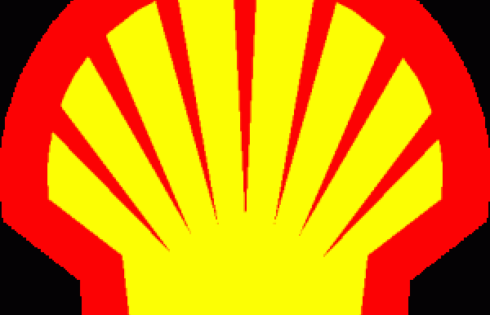Royal Dutch Shell plans to slash the value of its oil and gas assets by up to $22 billion and lower spending up to $20 billion after the coronavirus crisis hit demand for fuel and weakened the outlook for energy prices, the Anglo-Dutch energy company said on Tuesday.
The write-down announcement came after Shell cut its forecast for energy prices into 2023 on expectations that sales will only recover slowly after the pandemic, adding to the company’s already bleak longer-term outlook for fossil fuel demand.
Shell’s move follows similar steps by other major energy companies such as BP (BP.L), which plans to cut the value of its assets by up to $17.5 billion following the hit to fuel sales from global travel restrictions to prevent the virus spreading.
Shell, which has a market value of $126.5 billion, said in an update ahead of second-quarter results due on July 30 that it would take an aggregate post-tax charge of $15 billion to $22 billion because of the write-downs.
The charges relate to large liquefied natural gas (LNG)operations in Australia, including the Prelude floating LNG facility, the world’s biggest, as well as oil and gas production assets in Brazil and U.S. shale basins.
Credit Suisse analyst Thomas Adolff said the second quarter would be the toughest for many companies and Shell had sent a “wake up call”.
Shell, the world’s largest fuel retailer, said it expected a 40% drop in sales in the second quarter from a year earlier to about 4 million barrels per day (bpd), although that was higher than its earlier forecast of 3.5 million bpd.
Its oil and gas production was expected to average 2.35 million bpd in the three months through June, down from 2.71 million in the first quarter of 2020. (Graphic: Shell Q2 fuel sales here)
LOWER OIL PRICES
Shell responded to the pandemic by cutting its dividend for the first time since World War Two and lowering planned spending this year by $5 billion to a maximum of $20 billion.
Shell Chief Executive Ben van Beurden also laid out a plan in April to reduce Shell’s carbon emissions to net zero by 2050 by shifting to renewables and power markets. The company aims to announce restructuring measures by the end of 2020.
Shell said on Tuesday it had cut its expected average benchmark Brent crude price for 2020 to $35 a barrel from $60, and cut its 2021 and 2022 Brent forecasts to $40 and $50, respectively, also down from $60 a barrel.
It said its long-term oil price outlook remained $60 a barrel, just above BP, which cut its long-term Brent forecast to $55 from $70. Other rivals still have higher price projections.
The Anglo-Dutch company also cut its long-term refining profit margin outlook by 30% and set its long-term natural gas price at $3 per million British Thermal Units.
Shell’s integrated gas business will account for $8 billion to $9 billion of the write-downs while its exploration division will account for $4 billion to $6 billion. Refining and marketing will account for another $3 billion to $7 billion.
The charges will raise Shell’s debt-to-equity ratio, or gearing, by 3 percentage points. Its gearing was 28.9% at the end of March.
Shell’s write downs “are not surprising and do not materially change our view of Shell’s creditworthiness because they will not directly impact Shell’s cash flow generation,” said Moody’s Investors Service analyst Sven Reinke.
-Reuters


